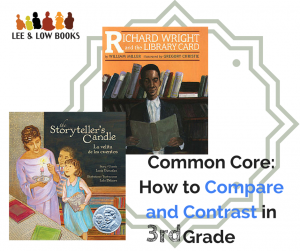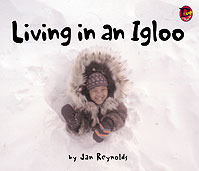 One of the critical skills on Common Core-aligned end of year assessments is compare and contrast. In order for students to compare and contrast successfully within or between texts, students must be proficient at the close reading, comprehension, and interpretation stages. There are many ways to approach teaching comparing and contrasting, including between characters, texts, genres, themes, or media.
One of the critical skills on Common Core-aligned end of year assessments is compare and contrast. In order for students to compare and contrast successfully within or between texts, students must be proficient at the close reading, comprehension, and interpretation stages. There are many ways to approach teaching comparing and contrasting, including between characters, texts, genres, themes, or media.
Below is a comparison of two books of the same genre and similar topic. I have created sample questions to teach towards and check mastery of each of the big three common core standards categories. These are by no means the only questions to ask in each category, but these provide an overview of the progression in question complexity and mastery of the texts.
By creating a range of compare and contrast questions across the standards, we are able to differentiate for students within a class, provide extension opportunities for ready learners, or move the whole class from literal- to higher-level thinking over the course of several lessons.
Texts:
The Storyteller’s Candle (level: O)

Richard Wright And The Library Card (level: N)







